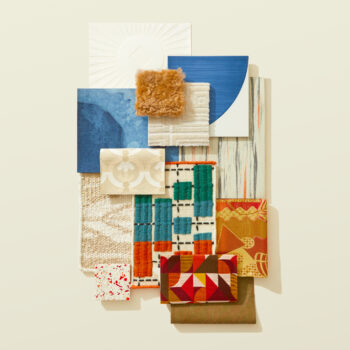
The integration of natural materials in mixed-use residential design plays a vital role in creating warm, inviting environments that enhance the overall quality of living. Elements such as wood, stone, and clay not only contribute to the aesthetics of a space but also promote sustainability and durability. These materials foster a harmonious atmosphere that connects residents to nature, offering both timeless style and modern functionality.
Wood is a foundational element in many multi-unit designs, known for its versatility and beauty. From wood-paneled walls that create a sense of coziness to intricately designed wooden furniture, this material adds character and warmth. Additionally, wood has the advantage of being renewable, making it an eco-friendly choice for residential spaces. By choosing sustainably sourced wood, developers and designers can ensure that their projects are both stylish and responsible.
Stone is another essential natural material that contributes to the appeal of multi-unit residences. Stone countertops in kitchens and bathrooms add a touch of luxury while offering durability that withstands the rigors of daily use. Whether opting for granite, marble, or more rustic finishes, stone provides a sense of permanence and strength. Moreover, the tactile quality of stone enhances the sensory experience of the home, making it a favored choice for high-traffic areas.
Clay elements, often found in the form of ceramic tiles, add both aesthetic appeal and practicality. These tiles can be used for flooring, backsplashes, and decorative accents, offering a variety of textures and colors that complement natural wood and stone. Clay’s natural insulation properties also help regulate indoor temperatures, contributing to a comfortable living environment year-round.
Woven textiles, such as natural fiber rugs and organic cotton curtains, introduce warmth and softness to multi-unit spaces. These textiles not only enhance comfort but also create visual interest, bringing layers of texture to the design. By incorporating textiles that are both functional and beautiful, designers can elevate the overall atmosphere of a space, promoting relaxation and a sense of well-being.
Ultimately, the use of natural materials in multi-unit residential spaces fosters a deeper connection between residents and their surroundings. By prioritizing aesthetics, durability, and sustainability, designers can create environments that not only look beautiful but also enhance residents’ quality of life. This approach supports wellness and encourages a lifestyle that is in harmony with the outdoors, making each living space a true sanctuary.
Explore more about how mixed-use design incorporates retail, dining, green spaces, and more with our article on Creating Mini-Towns in Mixed-Use Residential Properties.







